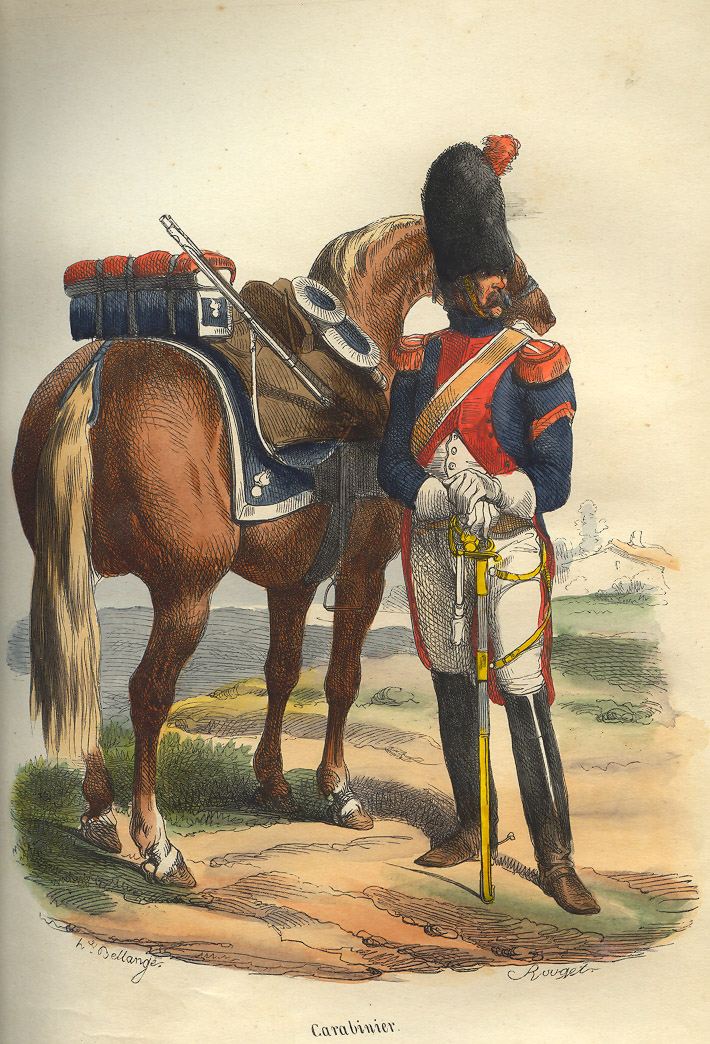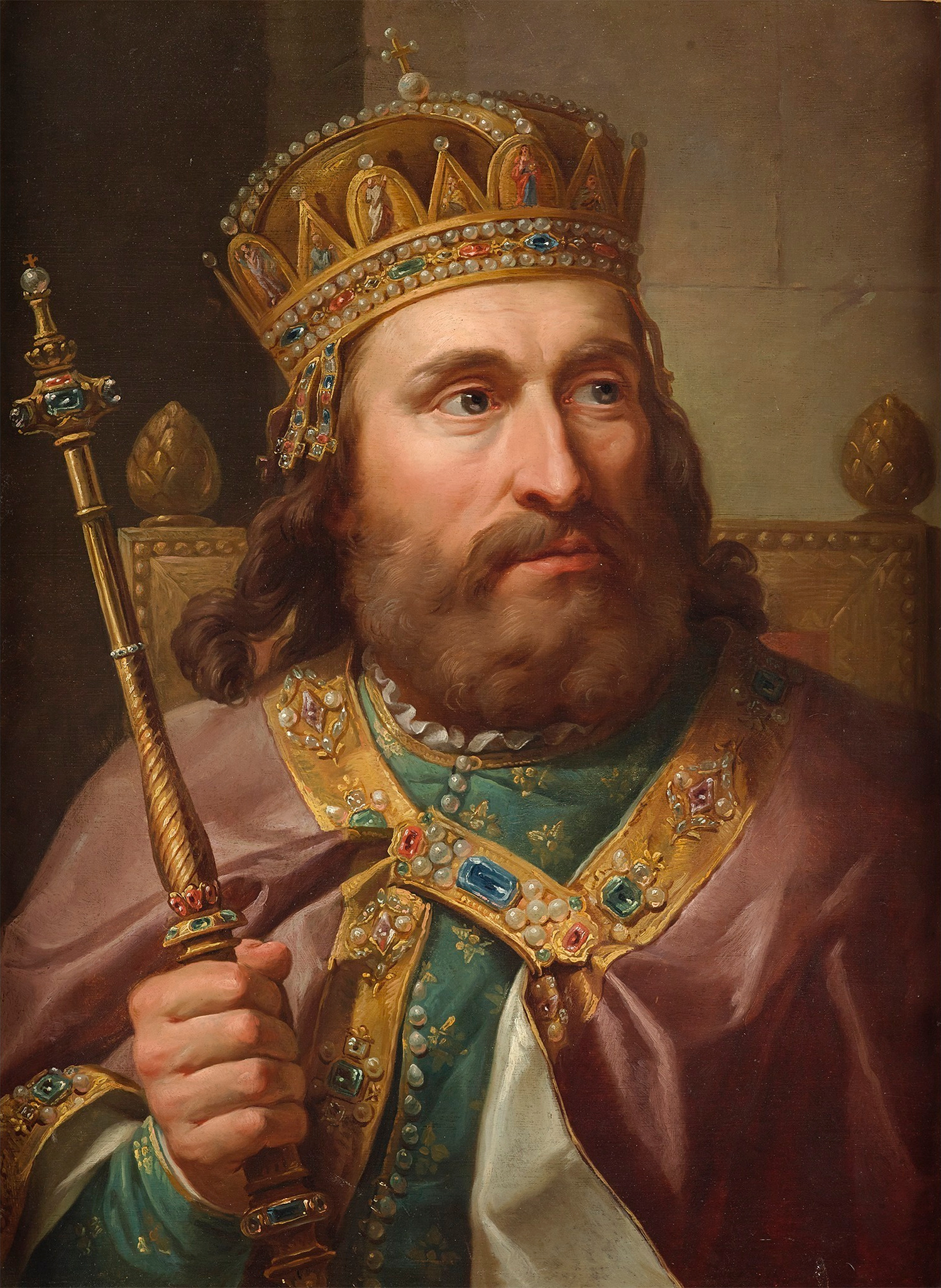|
Battle Of Trenčín
The Battle of Trenčín or Battle of Trencsén (german: Schlacht bei Trentschin, hu, Trencséni csata, sk, Bitka pri Trenčíne) was a battle between the Hungarian Kuruc forces of Francis II Rákóczi and the Imperial Army of the Habsburgs. It was part of Rákóczi's eight-year-long War of Independence. The battle caused great losses for the Kuruc army, forcing them to give up their plans of obtaining allies in the War of the Spanish Succession against the Habsburgs. The battle also meant that the Habsburgs maintained their positions as the Kings of Hungary. Background In the year 1708, Francis II Rákóczi decided to march his troops into Silesia, to pave the way for the plans of Friedrich Wilhelm I of Prussia to take the Hungarian crown, thus reinforcing the Silesian Protestants as well. His army started to march down the Váh (Vág) river, and planned to pass by the town of Trencsén (now Trenčín, Slovakia) on their way to Moravia. However, the city was in the hands of ... [...More Info...] [...Related Items...] OR: [Wikipedia] [Google] [Baidu] |
Rákóczi's War Of Independence
Rákóczi's War of Independence (1703–11) was the first significant attempt to topple the rule of the Habsburgs over Hungary. The war was conducted by a group of noblemen, wealthy and high-ranking progressives and was led by Francis II Rákóczi and resigned soldiers and peasants fought alongside the noblemen. The insurrection was unsuccessful, ending with the Treaty of Szatmár; however, the Hungarian nobility managed to partially satisfy Hungarian interests. Prelude With the Treaty of Karlowitz in 1699, the Ottoman Empire renounced almost all of its claims to some of its territories, which were conquered from the medieval Kingdom of Hungary after 1526. The nobility was against Habsburg rule because the lands formerly taken away from them by the Ottomans were returned only to those who could prove their right to own the property and could pay 10% of its worth to the Habsburgs. If they failed to do so, the property went to creditors of the Empire. The peasant class turned aga ... [...More Info...] [...Related Items...] OR: [Wikipedia] [Google] [Baidu] |
Sigbert Heister
Sigbert Graf Heister ( Kirchberg an der Raab, 1 January 1646 – Kirchberg an der Raab in Steiermark, 22 February 1718) was an Imperial Field marshal. His father was Gottfried Heister (1609–1679), vice president of the Hofkriegsrat. Sigbert fought in 1665 against the Turks, and later against the French. Because of his bravery and insight in combat, he reached the rank of General. He participated in the Battle of Vienna in 1683 and fought in the following Great Turkish War in Transylvania. He became General Major in 1686. In 1689, Heister commanded the entire Infantry under Louis of Baden in the Battles of Batočina and Niš, and in 1693 he led his own army corps against the insurgents in Hungary. In 1697, Heister was one of the commanders under Eugene of Savoy, who defeated the Turks in the Battle of Zenta. In the beginning of the War of Spanish Succession, he was deployed in 1703 in Bayern and Tirol. After the outbreak of Rákóczi's War for Independence in Hung ... [...More Info...] [...Related Items...] OR: [Wikipedia] [Google] [Baidu] |
Carabinier
A carabinier (also sometimes spelled carabineer or carbineer) is in principle a soldier armed with a carbine. A carbiniere is a carabiniere musket or rifle and were commonplace by the beginning of the Napoleonic Wars in Europe. The word is derived from the identical French word ''carabinier''. Historically, carabiniers were generally (but not always) horse soldiers. The carbine was considered a more appropriate firearm for a horseman than a full-length musket, since it was lighter and easier to handle while on horseback. Light infantry sometimes carried carbines because they are less encumbering when moving rapidly, especially through vegetation, but in most armies the tendency was to equip light infantry with longer-range weapons such as rifles rather than shorter-range weapons such as carbines. In Italy and Spain, carbines were considered suitable equipment for soldiers with policing roles, so the term ''carabinier'' evolved to sometimes denote gendarmes and border guards ... [...More Info...] [...Related Items...] OR: [Wikipedia] [Google] [Baidu] |
Lőrinc Pekri
Lőrinc is a Hungarian given name. It is a cognate of English ''Laurence'', a name derived from a form of the Latin ''Laurentius Laurentius is a Latin given name and surname that means "''From Laurentum''" (a city near Rome). It is possible that the place name ''Laurentum'' is derived from the Latin ''laurus'' ("laurel"). People with the name include: In Early Christian ...''. Lőrinc may refer to: * Lőrinc Galgóczi (born 1911), Hungarian field handball player, competed in the 1936 Summer Olympics * Lőrinc Szabó (1900–1957), Hungarian poet and literary translator * Lőrinc Wathay (died 1573), Hungarian nobleman and castellan of Csesznek References {{DEFAULTSORT:Lorinc Hungarian masculine given names ... [...More Info...] [...Related Items...] OR: [Wikipedia] [Google] [Baidu] |
Kingdom Of Hungary
The Kingdom of Hungary was a monarchy in Central Europe that existed for nearly a millennium, from the Middle Ages into the 20th century. The Principality of Hungary emerged as a Christian kingdom upon the coronation of the first king Stephen I at Esztergom around the year 1000;Kristó Gyula – Barta János – Gergely Jenő: Magyarország története előidőktől 2000-ig (History of Hungary from the prehistory to 2000), Pannonica Kiadó, Budapest, 2002, , p. 687, pp. 37, pp. 113 ("Magyarország a 12. század második felére jelentős európai tényezővé, középhatalommá vált."/"By the 12th century Hungary became an important European factor, became a middle power.", "A Nyugat részévé vált Magyarország.../Hungary became part of the West"), pp. 616–644 his family (the Árpád dynasty) led the monarchy for 300 years. By the 12th century, the kingdom became a European middle power within the Western world. Due to the Ottoman occupation of the central and south ... [...More Info...] [...Related Items...] OR: [Wikipedia] [Google] [Baidu] |
Moravia
Moravia ( , also , ; cs, Morava ; german: link=yes, Mähren ; pl, Morawy ; szl, Morawa; la, Moravia) is a historical region in the east of the Czech Republic and one of three historical Czech lands, with Bohemia and Czech Silesia. The medieval and early modern Margraviate of Moravia was a crown land of the Lands of the Bohemian Crown from 1348 to 1918, an imperial state of the Holy Roman Empire from 1004 to 1806, a crown land of the Austrian Empire from 1804 to 1867, and a part of Austria-Hungary from 1867 to 1918. Moravia was one of the five lands of Czechoslovakia founded in 1918. In 1928 it was merged with Czech Silesia, and then dissolved in 1949 during the abolition of the land system following the communist coup d'état. Its area of 22,623.41 km2 is home to more than 3 million people. The people are historically named Moravians, a subgroup of Czechs, the other group being called Bohemians. Moravia also had been home of a large German-speaking populati ... [...More Info...] [...Related Items...] OR: [Wikipedia] [Google] [Baidu] |
Trenčín
Trenčín (, also known by other alternative names) is a city in western Slovakia of the central Váh River valley near the Czech border, around from Bratislava. It has a population of more than 55,000, which makes it the eighth largest municipality of the country and is the seat of the Trenčín Region and the Trenčín District. It has a medieval castle, Trenčín Castle, on a rock above the city. Trenčín is chosen as the European Capital of Culture in 2026. Names and etymology Trenčín was first mentioned under the Greek name ''Leukaristos'' (Λευκάριστος), depicted on the Ptolemy world map around 150 CE. During the course of the Marcomannic Wars between the Roman Empire and Germanic Quadi, the Romans carved an inscription on the rock under the present-day castle in 179 CE and the place was mentioned as ''Laugaricio''. For a long time it was considered the northernmost known presence of the Romans in Central Europe. The first written mentions in the Middl ... [...More Info...] [...Related Items...] OR: [Wikipedia] [Google] [Baidu] |
Hungarian Crown
The Hungarian Crown ( pl, Korona Węgierska) was a part of the Polish Crown Jewels. It was made in the 16th century, resembling the Crown of Saint Stephen, as a private crown of John II Sigismund Zápolya. History The original Hungarian Regalia were handed over by Queen Isabella Jagiellon to Ferdinand of Austria in 1551, when she was forced to leave Transylvania, which fell into Ferdinand's hands in accordance with the treaty of Nyírbátor. According to a contemporary Polish chronicler, she broke the cross off the Crown of Saint Stephen’s peak for her son, John Sigismund Zápolya. The copy of the main Hungarian insignium was probably made at that time. After John Sigismund's death the crown was inherited in 1571 by King Sigismund II Augustus of Poland, Isabella's brother. The Polish king treated the crown of Hungary as a family keepsake, and kept it in a private vault in the Tykocin Castle. In 1572, when the last of the Jagiellons died the insignium was used as an exequial c ... [...More Info...] [...Related Items...] OR: [Wikipedia] [Google] [Baidu] |
Friedrich Wilhelm I Of Prussia
Friedrich may refer to: Names *Friedrich (surname), people with the surname ''Friedrich'' *Friedrich (given name), people with the given name ''Friedrich'' Other *Friedrich (board game), a board game about Frederick the Great and the Seven Years' War * ''Friedrich'' (novel), a novel about anti-semitism written by Hans Peter Richter *Friedrich Air Conditioning, a company manufacturing air conditioning and purifying products *, a German cargo ship in service 1941-45 See also *Friedrichs (other) *Frederick (other) *Nikolaus Friedreich Nikolaus Friedreich (1 July 1825 in Würzburg – 6 July 1882 in Heidelberg) was a German pathologist and neurologist, and a third generation physician in the Friedreich family. His father was psychiatrist Johann Baptist Friedreich (1796–1862) ... {{disambig ja:フリードリヒ ... [...More Info...] [...Related Items...] OR: [Wikipedia] [Google] [Baidu] |
Silesia
Silesia (, also , ) is a historical region of Central Europe that lies mostly within Poland, with small parts in the Czech Republic and Germany. Its area is approximately , and the population is estimated at around 8,000,000. Silesia is split into two main subregions, Lower Silesia in the west and Upper Silesia in the east. Silesia has a diverse culture, including architecture, costumes, cuisine, traditions, and the Silesian language (minority in Upper Silesia). Silesia is along the Oder River, with the Sudeten Mountains extending across the southern border. The region contains many historical landmarks and UNESCO World Heritage Sites. It is also rich in mineral and natural resources, and includes several important industrial areas. The largest city and Lower Silesia's capital is Wrocław; the historic capital of Upper Silesia is Opole. The biggest metropolitan area is the Upper Silesian metropolitan area, the centre of which is Katowice. Parts of the Czech city of Ostrav ... [...More Info...] [...Related Items...] OR: [Wikipedia] [Google] [Baidu] |
Rulers Of Hungary
This is a list of Hungarian monarchs, that includes the grand princes (895–1000) and the kings and ruling queens of Hungary (1000–1918). The Principality of Hungary established 895 or 896, following the 9th-century Hungarian conquest of the Carpathian Basin. The Kingdom of Hungary existed from 1000 (or arguably from 1001; the coronation of Saint Stephen) until 1918 (when Charles IV "renounced participation" in state affairs, but did not abdicate). The Árpád dynasty, the male-line descendants of Grand Prince Árpád, ruled Hungary continuously from 895 to 1301. Semi-legendary rulers before the Conquest Grand Princes of Hungary House of Árpád ''The king-list for the first half of the 10th century is often disputed, as the Hungarian nation consisted of several tribes led by various leaders. The most frequently proposed list is:'' Kings of Hungary House of Árpád (1000–1301) House of Přemyslid (1301–1305) House of Wittelsbach (1305–1307) House of ... [...More Info...] [...Related Items...] OR: [Wikipedia] [Google] [Baidu] |




